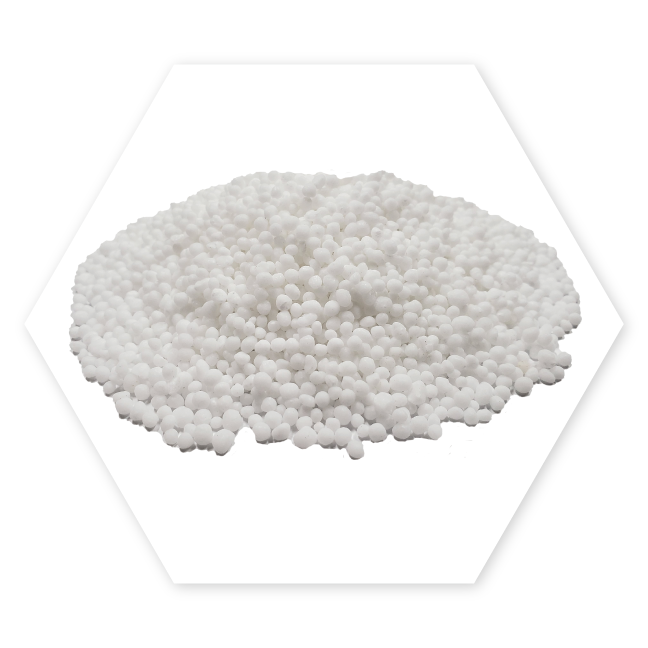

Of the essential nutrients needed for growth and development, the three primary nutrients, nitrogen, phosphorus and potassium must be supplied to turf periodically through fertilizer applications. Several factors could contribute to nutrient deficiencies. Perform a soil and/or tissue test to determine if secondary or micronutrients are required for continued development.
Soil Testing: Deficiencies of nutrients in turfgrass may be expressed in a variety of ways: yellowing, thinning, stunted growth or disease. When developing a fertility program, a soil test is recommended to accurately determine your turf needs. You can contact your Cooperative Extension Service (or University) for assistance with soil testing.
State/Local Requirements: With some states limiting the amount of nitrogen applied per 1,000 sq. ft. or require a percentage of the nitrogen to be slow-release or controlled-release, EC Grow can customize a blend to meet any compliance fertilization objective.

Any turfgrass maintenance program requires some level of nitrogen applied. Whether the program is low, medium, or high maintenance, nitrogen fertilization is required to maintain healthy turf. Generally, as the number of seasonal applications increase, the amount of nitrogen that is applied per application, decreases.
For a low-maintenance annual program, 0.5 to 1.0 lb. N/M may be required. For a high-maintenance annual program, up to 2.5 to 3.0 lbs. N/M (depending on location) may be needed. Review the products below to better determine what products best align to achieve your desired results.
Adding organic matter to the soil can improve the soil structure and increase your soil’s microbial activity.